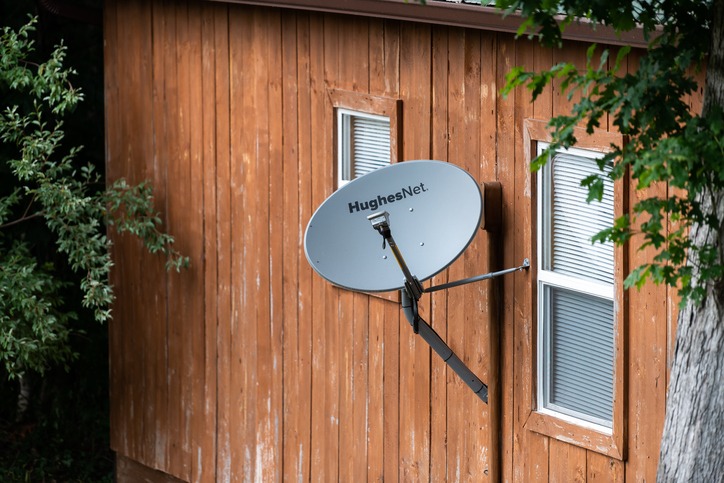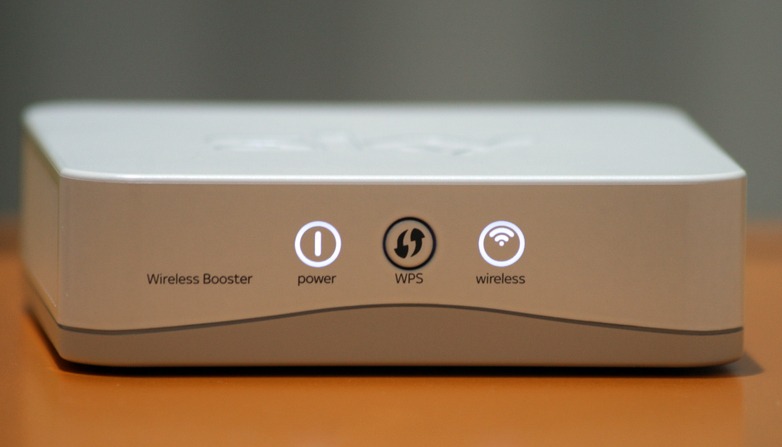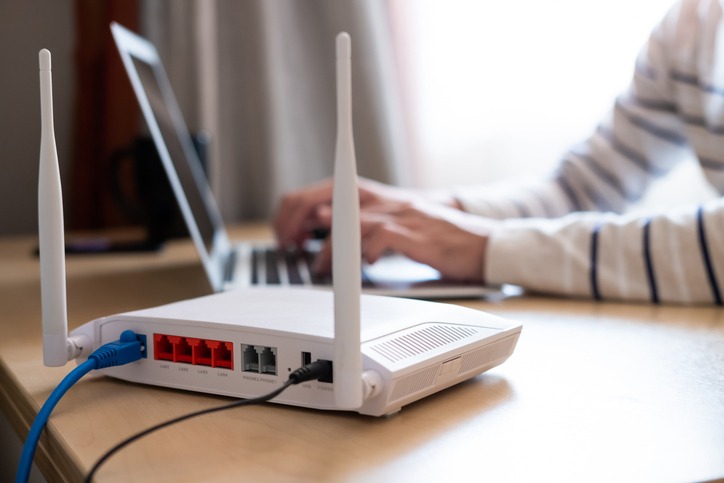Isn’t it fascinating how the quest for connectivity can lead you off the beaten path? You’re likely aware that staying connected in remote areas poses unique challenges, yet several innovative solutions have emerged to bridge this gap.
From harnessing the power of satellite internet and mesh networking to leveraging cellular data and renewable energy systems, the possibilities are vast. These options not only ensure you stay connected but also promote sustainability.
As you navigate the complexities of off-grid living, understanding the nuances of these solutions becomes crucial. Let’s explore together how these technologies can redefine the boundaries of communication and internet access in remote locales, leaving you equipped to make informed decisions for your off-grid adventure.
Satellite Internet Options
For those in remote areas, satellite internet offers a connection to the digital world where traditional infrastructure falls short. You might find yourself living or working in off-grid areas where the usual broadband services aren’t an option. In such situations, satellite internet steps in to fill the gap. This technology beams data directly from satellites in space, enabling you to access reliable high-speed services even in the most isolated locations.
However, it’s not all smooth sailing. Opting for satellite internet means you’ll need to prepare for the installation and subscription costs that come with it. Setting up usually requires a dish installation, often necessitating professional help to ensure you get optimal performance. These initial setup costs, coupled with monthly subscription fees, can add up, making satellite internet a pricier choice.
Despite its ability to provide connectivity in off-grid areas, satellite internet is often seen as a last resort. This is mainly due to the higher costs involved and potential reliability issues. Weather conditions, for instance, can significantly affect your connection’s stability. So, while it’s a viable option, it’s worth weighing the pros and cons before diving in.
Mesh Networking Innovations
Mesh networking’s decentralized approach revolutionizes how we establish connections in off-grid environments, directly linking devices without the need for a central hub. This method of decentralized communication isn’t just innovative; it’s transforming the way we think about staying connected in remote or challenging locations. With mesh networks, you’re not reliant on a single point of failure. Instead, these networks are self-forming and self-healing, ensuring that communication lines remain open and reliable, even when disruptions occur.
What’s remarkable about mesh networking is its scalability. As your needs grow, so can the network, seamlessly expanding to cover larger areas without the need for heavy infrastructure. This makes it a versatile solution for off-grid communication, adapting to the specific demands of any environment.
Security, often a concern with traditional networks, is enhanced within mesh networks through dynamic routing. This method ensures that data doesn’t travel along a single, predictable path, making it harder for unauthorized users to intercept communications. Furthermore, innovations in dynamic routing algorithms and adaptive protocols optimize data flow, ensuring efficient, reliable off-grid communication. These advancements in mesh networking offer a robust, secure, and adaptable solution for staying connected, no matter where you are.
Cellular Data Solutions
While mesh networking offers a robust solution for off-grid communication, cellular data solutions provide an alternative avenue for accessing the internet in remote locations. When you’re beyond the reach of traditional broadband, turning to your cell phone’s data plan can be a lifesaver. It’s not just about making calls or sending texts; you’re leveraging a fast and secure connection to stay informed, entertained, and connected with the world.
Here’s what you need to consider:
- Check carrier coverage maps: Before you set off, it’s crucial to verify the availability of cell phone service in your intended off-grid location. This ensures you’re not left without a lifeline.
- Manage your data: Keep an eye on your data usage. Streaming, downloading, and even some apps can eat through your data limits quickly.
- Seek a strong signal: A reliable internet connection off-grid hinges on having a strong cell phone signal. Position yourself where your device indicates the highest signal strength.
- Understand the limitations: Even the best cellular data solutions have their limits in remote locations. Be prepared for slower speeds and remember that environmental factors can affect your connection.
Signal Boosters Explained
Delving into the realm of signal boosters, you’ll find they’re pivotal for enhancing weak cell phone signals, ensuring your off-grid internet connectivity is both fast and reliable. These devices are crucial for anyone looking to maximize their internet speed and reliability, especially in remote areas where traditional services falter.
Signal boosters consist of three main components that work together to improve your connection:
| Component | Function |
|---|---|
| External Antenna | Captures weak signals from the nearest cell tower. |
| Amplifier | Boosts the strength of the received signal. |
| Internal Antenna | Distributes the enhanced signal within your space. |
When you’re setting up a signal booster, the installation process is key. You’ll place the external antenna in a spot where it can catch the best signal, which is often the highest point available. This setup captures those weak cell phone signals, amplifies them through the booster, and then the internal antenna rebroadcasts the strengthened signal to your devices.
Choosing a reputable brand like Weboost, which offers a 30-day money-back guarantee, ensures you’re getting a quality product that can significantly improve your off-grid internet connectivity. This makes signal boosters an indispensable tool for staying connected in the most remote corners.
Portable Internet Devices
After exploring signal boosters, let’s examine portable internet devices, essential for staying connected in areas without traditional internet access. These gadgets, such as wireless turbo hubs and sticks, offer a lifeline in off-grid locations. They’re particularly valuable because they’re battery-powered, allowing you to maintain connectivity even during power outages or in places where standard internet services are nonexistent.
To navigate the choices effectively, consider these key aspects:
- Coverage: Ensure the device supports the network coverage available in your remote area.
- Battery life: Opt for devices with a long battery life to avoid frequent recharging, especially crucial in off-grid scenarios.
- Signal strength: Devices like Weboost brand boosters can enhance the signal strength, providing a more reliable connection.
- Compatibility: Check that the portable internet device is compatible with your existing devices to ensure seamless connectivity.
Portable internet devices, including rocket sticks and satellite internet solutions, present a viable option for staying online in remote areas. When selecting the right device, it’s crucial to weigh factors like coverage, battery life, and compatibility to find a solution that best fits your off-grid needs.
Fixed Wireless Broadband
Shifting focus to fixed wireless broadband, you’ll find it’s a game-changer for off-grid internet access, utilizing radio waves for connectivity. This method involves a special arrangement with a private company, where you connect to their antenna through radio waves. Here’s a quick breakdown:
| Aspect | Description |
|---|---|
| Connectivity Method | Utilizes radio waves to connect to a service provider’s antenna. |
| Equipment | Requires installation of Wi-Fi routers for signal distribution. |
Despite its advantages, it’s vital to note that service availability heavily depends on how close you are to the company’s antenna and whether there’s a clear line of sight. This can sometimes mean that you’re faced with slower internet speeds compared to more traditional internet connections. However, for many off-grid scenarios, the trade-off for reliable off-grid internet through fixed wireless broadband is well worth it.
Another consideration is the installation process, which typically involves mounting equipment to ensure a stable connection. This setup is crucial for maintaining a reliable off-grid internet solution. In summary, while fixed wireless broadband might not always offer the fastest speeds, its ability to provide a stable connection through radio waves makes it an essential option for off-grid internet access.
Ham Radio for Emergencies
In times of crisis, ham radios emerge as a lifeline, offering reliable communication when all else fails. Unlike the traditional internet and phone systems that might become unavailable, ham radios provide a resilient off-grid option for emergencies. You’ll need a license to operate one, which ensures you’re prepared and responsible in your communications.
Here are some key points to remember about using ham radio during emergencies:
- License Requirement: You’ll need to pass an exam to get a license, ensuring you understand how to use the equipment responsibly.
- Global Range: Ham radios aren’t just local; they can reach across the globe, connecting you with other operators anywhere.
- Emergency Services Dependence: In many crisis situations, emergency services turn to ham radio operators to keep communication lines open.
- Cost-Effective Solution: For off-grid living or emergency preparedness, ham radios are a cost-effective way to ensure you can always communicate.
Ham radio technology stands out as a tried-and-true method for off-grid communication, especially in emergencies. It’s about more than just talking; it’s about ensuring you have a reliable way to reach out when you most need it.
Renewable Energy Systems
Harnessing renewable energy systems, you can maintain off-grid internet connectivity using resources like solar and wind power. By tapping into these sustainable sources, you’re not just ensuring uninterrupted internet access, but also contributing to a greener planet. Solar power, with its ability to harness sunlight through panels, is a cornerstone for many off-grid setups. When paired with battery power, it ensures that the energy captured during the day keeps your connection alive through the night.
Wind power, on the other hand, is perfect for locations blessed with consistent wind patterns. The proper positioning of wind turbines can significantly boost your system’s efficiency, providing a reliable backup or even main source of power for your off-grid internet needs.
Combining these two power sources creates hybrid systems, offering the best of both worlds. Hybrid systems ensure that even if the sun isn’t shining or the wind isn’t blowing, you’ve got a sustainable off-grid solution ready to keep you connected.
| Energy Source | Benefits for Off-Grid Internet |
|---|---|
| Solar Power | Eco-friendly, abundant, stores well with battery power |
| Wind Power | Complements solar, ideal for windy areas, enhances system reliability |
| Hybrid Systems | Provides continuous, uninterrupted access by combining solar and wind |
| Battery Power | Ensures energy is available 24/7, critical for uninterrupted internet access |
Community Networks
While exploring renewable energy systems for off-grid internet, it’s also essential to consider how community networks can revolutionize connectivity in underserved areas. These innovative solutions offer a path to digital inclusion by providing affordable and accessible internet services. By being locally owned and operated, community networks ensure that you’re not just a user but an integral part of the connectivity ecosystem.
Community networks stand out by focusing on:
- Locally Owned Infrastructure: Empowering communities to have control and ownership over their internet access.
- Affordable Connectivity: Making internet access more affordable and thereby reducing the digital divide.
- Privacy and Security: Prioritizing the protection of user data and offering safe online environments.
- Fostering Digital Inclusion: Ensuring that everyone, regardless of their geographical location, has the opportunity to access and benefit from the internet.
Conclusion
You’ve got a variety of solutions for staying connected while off-grid. From satellite internet and mesh networks to cellular data and signal boosters, you’re covered. Portable devices and fixed wireless broaden your choices, while ham radio ensures emergency communication.
Don’t forget, integrating renewable energy like solar or wind can keep you powered sustainably. Plus, tapping into community networks can expand your reach. With these options, you’ll find the perfect fit for your off-grid internet and communication needs.





